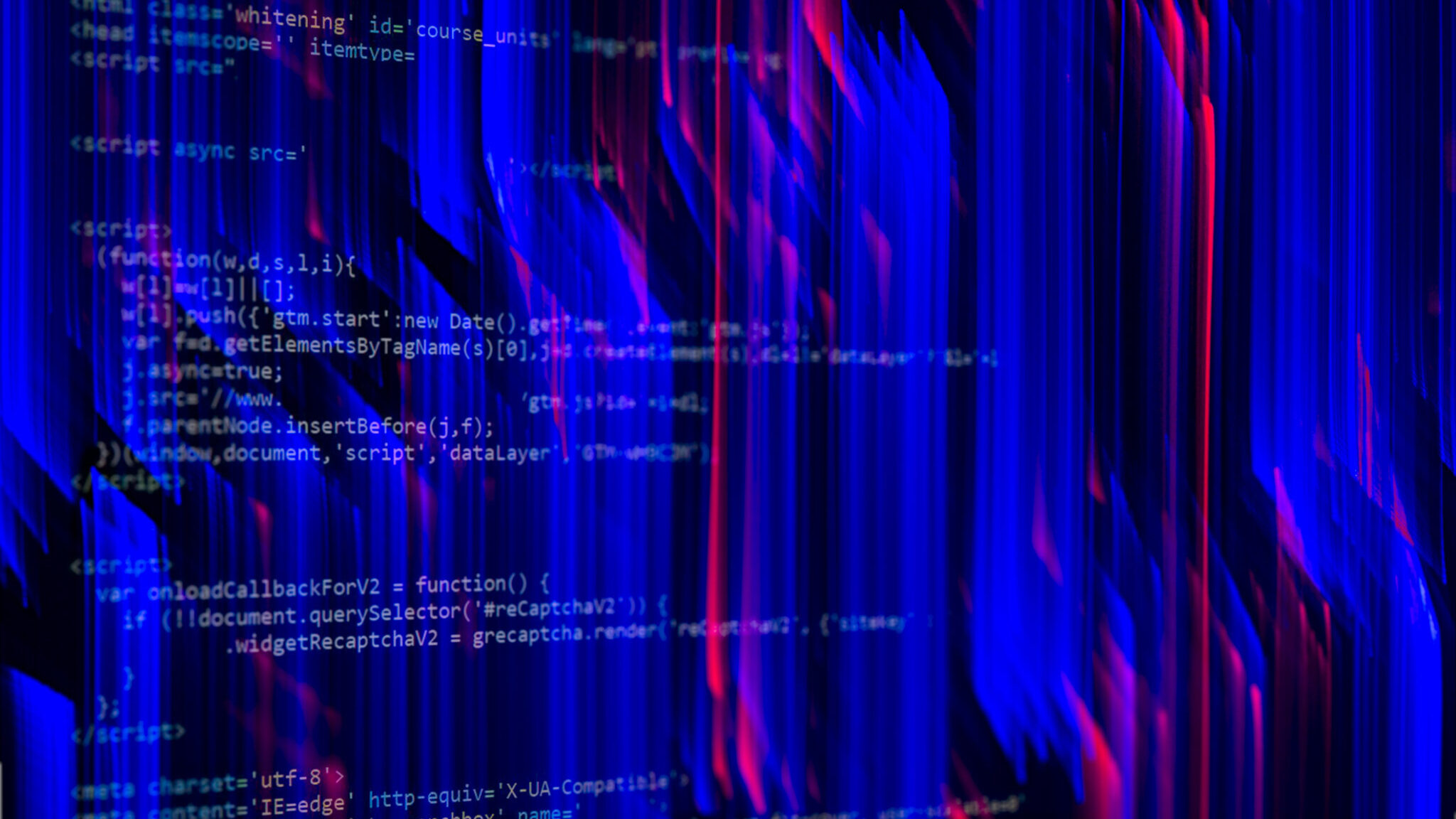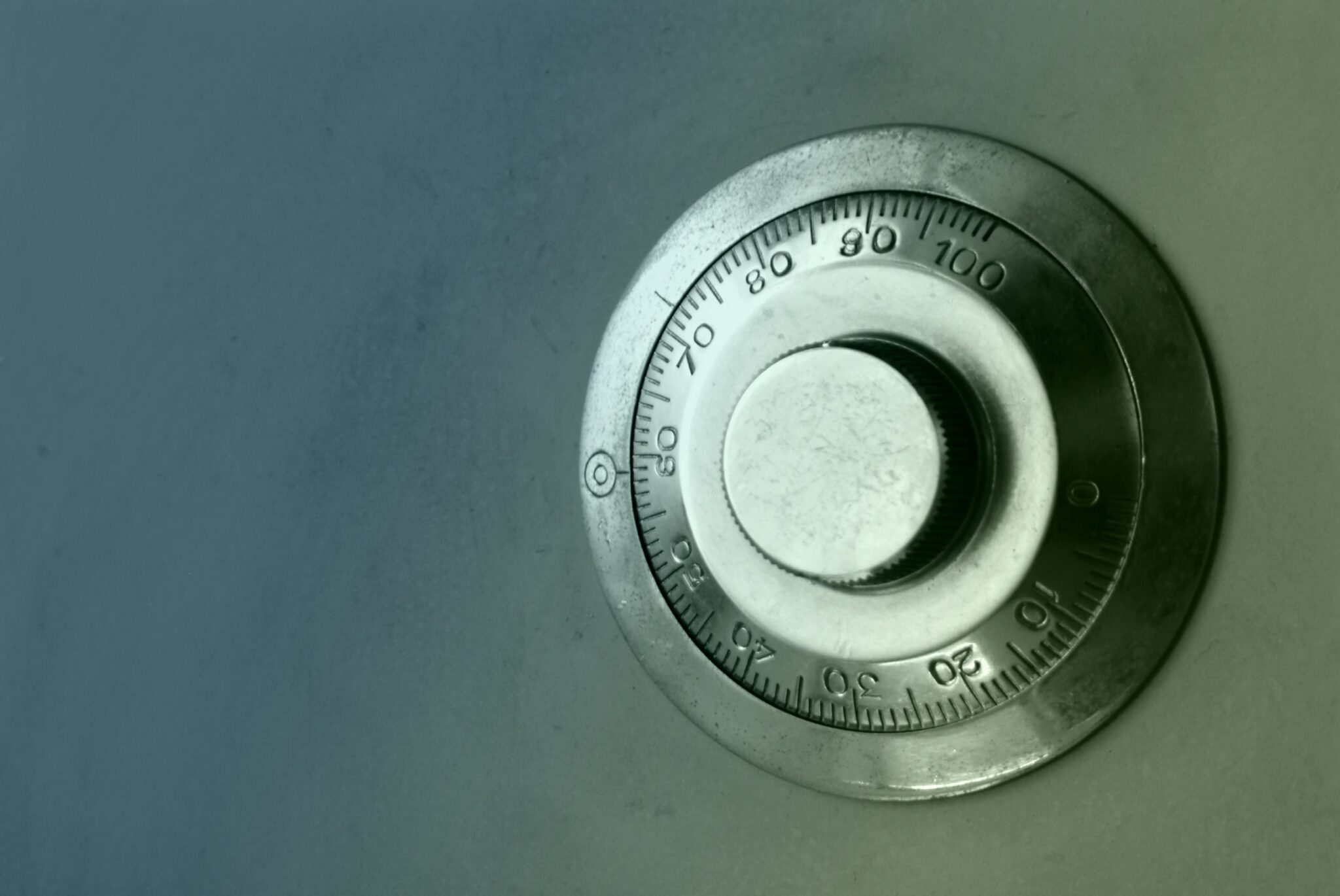Everything You Need to Know About NFTs and IP

Lil Yachty, a Dune animated series, Pulp Fiction behind-the-scenes stories—a seemingly random set of pop culture references, but these are some of the most recent topics that created controversy in the NFT-sphere. NFTs are indeed one of the most discussed digital topics in the last year all around the world. But what are they and how can IP professionals prepare for potential scenarios surrounding this new craze? In this blog, we cover everything you need to know about NFTs and IP.
What is an NFT?
An NFT or a Non-Fungible Token is a one-of-a-kind piece of code or computer data, that is typically stored on a decentralized digital ledger called a blockchain. So, like a regular ledger, it keeps track of transactions and information around the transactions. But unlike a regular ledger, a blockchain ledger is maintained across multiple computers around the world.
The NFT itself is simply a code on the blockchain that can be transferred from one account to another. This code is a unique identifier that links the NFT holder with a corresponding asset – typically a digital asset (theoretically even a real-world object). So, an NFT is not the asset itself, rather it is more of a receipt that proves ownership of an asset. The asset itself may even be stored digitally elsewhere.
Since these tokens are non-fungible, each digital asset is unique and not interchangeable with other digital assets. Hence, they can look the same but have different values due to uniqueness. Blockchain technology allows anyone to check the authenticity of a work in a way that has been unavailable in the past.
How are NFTs bought and sold
Looking at the blockchain does not give us an idea of what’s happening because it’s only a record of a series of transactions and does not show the digital assets themselves. But there are websites that act as portals into the blockchain and provide a marketplace view of the digital assets. And just like there are marketplaces like Amazon and Ebay for buying and selling commercial goods, there are digital marketplaces that deal in NFTs. OpenSea, Rarible, Larvalabs and Super Rare are a few such NFT trading sites.
NFTs and IP: Risks and issues of trading NFTs
Thinking about getting into the NFT space? Here are some risks and issues to consider.
Jurisdiction
Since most of these transactions happen online and between accounts that may be held across multiple countries, it might be difficult to figure out the exact jurisdiction in which suits must be filed. For example, in the Lil Yachty NFT collection case, it was a company based out of the UK trying to infringe on the IP of an artist in the US. The takeaway from this is that companies that own IP need to be more aware of new practices of infringement happening in non-traditional marketplaces.
Likelihood of confusion
Brand designs and logos can easily be digitally created and authenticated by an NFT, but it doesn’t always mean the brand itself owns the underlying asset that resembles its real-world brand or logo. Arguments of relatedness of goods and gap-bridging might be able to be brought against such blatant infringement.
Contributory liability for NFT marketplaces
NFT marketplaces and portals that continue to deal in NFTs that have already been actioned against with regards to infringement may be penalized for contributors’ liability. In these instances, the platform needs to have specific knowledge of infringing sales and have refused or ignored to act.
How to defend – possible arguments
If you’re already in the NFT space and facing IP concerns, here are a couple of arguments to examine.
Are NFTs digital receipts or the products themselves?
There’s not a lot of litigation on trademark law when it comes to NFTs. So, it will be interesting to see if underlying assets resembling actual goods are being commercially misappropriated, will a judge ignore that the NFT is only a receipt?
Expressive works or outright copycat? (Hermes vs Rothschild)
Another defense that could be brought up, especially in the more art-related NFT marketplace, is arguments of first amendment standards on expressive speech. In a recent case between the famous fashion brand, Hermes, and a digital creator, Mason Rothschild, the court deemed that since the handbag NFTs that he designed are not being used as accessories, Hermes did not have a case against him. But if he were to sell those to be worn by avatars in a digital world, that would constitute infringement.
What is a possible remedy in case of an infringement?
So what are your options if it’s time to defend your or your client’s IP?
Destruction
This is still an open question. NFTs cannot be destroyed once they have been minted or uploaded to a blockchain. They can be “burned” or “deleted,” but they are never fully destroyed since the blockchain itself is unchanging over time. So once an infringing digital asset has been identified, we still don’t know how the courts will rectify the situation.
Virtual TRO – Temporary Restraining Order (Precedent set by ‘Second Life’ case)
There is precedent for getting an injunction for an infringing product in a virtual simulation game. This was in the case of the game: Second Life, where in 2008 a district court granted a TRO against the gaming company prohibiting them from using the plaintiff’s federally registered trademark in a ‘virtual world or medium’.
NFTs and IP: Now and in the future
NFTs are all the rage now, and the technology behind blockchain seems quite promising. Organizations that are planning to leverage these technologies also need to make sure that they are well informed about probable infringement and ways to stay protected against bad actors in these new environments.
Since there have not been many NFT cases in litigation yet, there is still a lot to learn about the subject. But digital marketplaces and IP infringements on online platforms are not a new phenomenon, and as experience shows, these channels can be difficult for companies to monitor. This is where tools like LexisNexis Brand Protection step in to uncover systemic abuse across the entire digital network and save brands millions of dollars in lost revenue.
Click here to find out how modern-day brand protection tools can help stop infringement against your IP.

Need to protect your brand across the modern digital universe?
Learn how we use advanced machine learning to link visible and non-visible digital markers, uncovering entire abuse networks and accelerating the review, triage, and prioritization of brand abuse.
